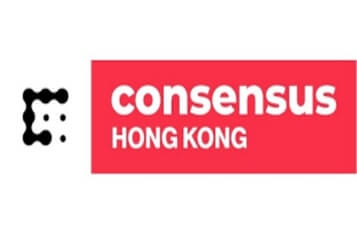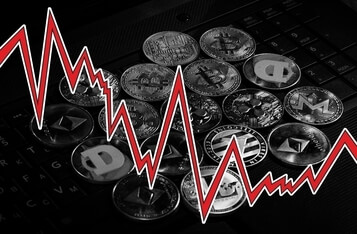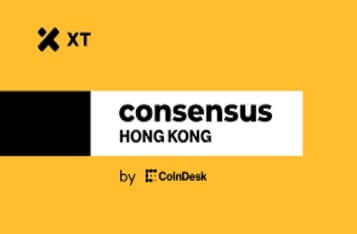USDC Holders Panic Sell Amid Solvency Concerns
USD Coin (USDC), a popular stablecoin pegged to the U.S. dollar, has been facing solvency concerns since March 10, leading several holders to panic sell their holdings and switch to other stablecoins. USDC's solvency fears arose after the disclosure that a portion of USDC's collateral is held at Silicon Valley Bank, which was shut down by California authorities after revealing efforts to raise extra capital. The news of the bank's closure and USDC's collateral in it caused concern among USDC holders, leading to panic selling and mass exodus.
During the panic selling, several USDC holders attempted to switch to other stablecoins, but not all of them were successful. One user lost over 2 million USDC in a failed attempt to exchange them for Tether (USDT) using KyberSwap's decentralized exchange aggregator. KyberSwap is a decentralized exchange (DEX) that aggregates liquidity from several DEXs. In the transaction, the user dumped a large amount of 3CRV (DAI/USDC/USDT) into USDT using KyberSwap's aggregation router. In a postmortem, the KyberSwap protocol team explained that "since the market was undergoing a volatile period, all routes failed at estimating gas. The rate strongly fluctuated & only 0x’s route was successful but with a very poor rate." After confirming the swap at 0x's rate in a pop-up, a bot detected the opportunity and gained 2,085,256 USDC from that Univ2 pool. The protocol is in talks with the bot creator, the bot user, and third parties to assist with funds recovery.
Meanwhile, Tron founder Justin Sun reportedly withdrew 82 million USDC and exchanged them for Dai (DAI) using Aave v2, a decentralized finance protocol. The move came after Circle, the company behind USDC, disclosed holding $3.3 billion at the Silicon Valley Bank, nearly 23% of its reserves. While Circle assured USDC holders that liquidity operations would "resume as normal when banks open on Monday morning in the United States," many holders remained unconvinced.
Wallets related to IOSG Ventures sold 118.73 million USDC for 105.67 million USDT and 2,756 Ether (ETH) worth $3.98 million via three addresses, on-chain data shows. The institution still holds nearly 45 million in USDC. These movements suggest that USDC holders were not confident about the stablecoin's solvency and were trying to move their funds to other stablecoins or cryptocurrencies.
Despite the panic selling and exodus, the USDC price has slowly recovered after turbulent trading hours on March 11 to trade at $0.97 at the time of publication. However, the incident has once again highlighted the risks associated with stablecoins and the need for transparency and oversight in the crypto industry. The incident also underscores the importance of decentralized exchanges and protocols that offer users greater control and security over their assets.
While the USDC panic selling was a localized event, it could have wider implications for the stablecoin industry as a whole. Stablecoins have become increasingly popular in recent years due to their stability, ease of use, and ability to serve as a bridge between the traditional financial system and the cryptocurrency market. However, their rapid growth has also led to concerns about their regulation, oversight, and long-term viability.
Stablecoins are not backed by any physical asset but instead rely on a basket of assets or a reserve pool of funds to maintain their peg to the U.S. dollar or other currencies. This makes them vulnerable to market fluctuations, liquidity crises, and other risks that can undermine their stability and solvency.
In response to these concerns, regulators and industry players have called for greater transparency and oversight in the stablecoin industry. In September 2020, the Office of the Comptroller of the Currency (OCC) issued guidance allowing banks to hold reserves for stablecoin issuers, signaling greater regulatory support for the industry.
In addition, several stablecoin issuers have taken steps to increase transparency and accountability, including regular audits and disclosures of their reserve holdings. For example, Paxos, the issuer of Paxos Standard (PAX), a stablecoin pegged to the U.S. dollar, recently announced that it had obtained regulatory approval from the New York State Department of Financial Services (NYDFS) to offer its stablecoin to institutional clients.
Overall, while the USDC panic selling was a cause for concern for USDC holders, it also highlights the need for greater transparency and oversight in the stablecoin industry. Stablecoins are an important and growing part of the crypto ecosystem, but their stability and solvency depend on trust and confidence from users and regulators alike. As the industry continues to mature, it will be essential for stablecoin issuers and regulators to work together to address these challenges and ensure the long-term viability of stablecoins as a reliable and trustworthy form of digital currency.









